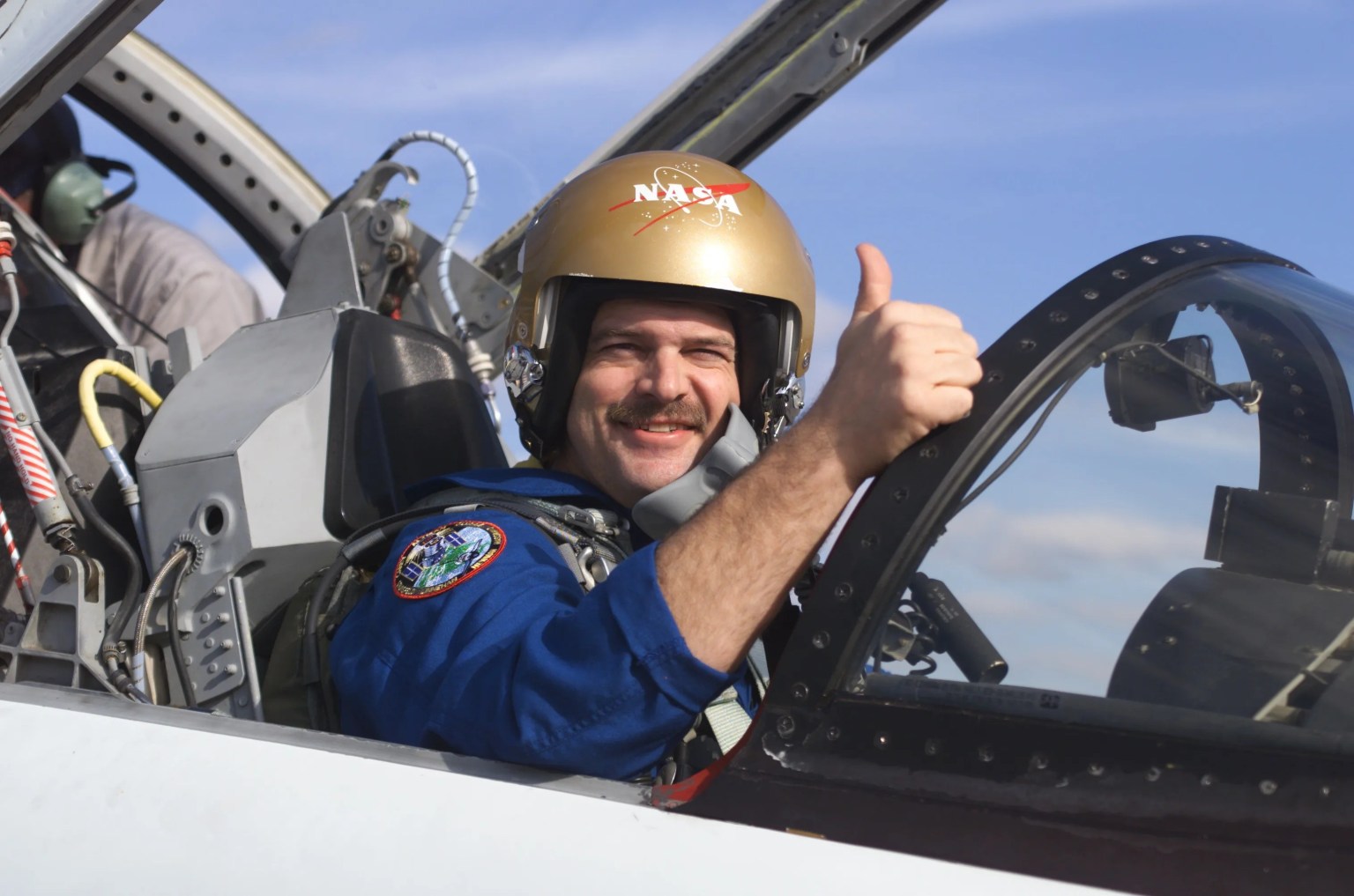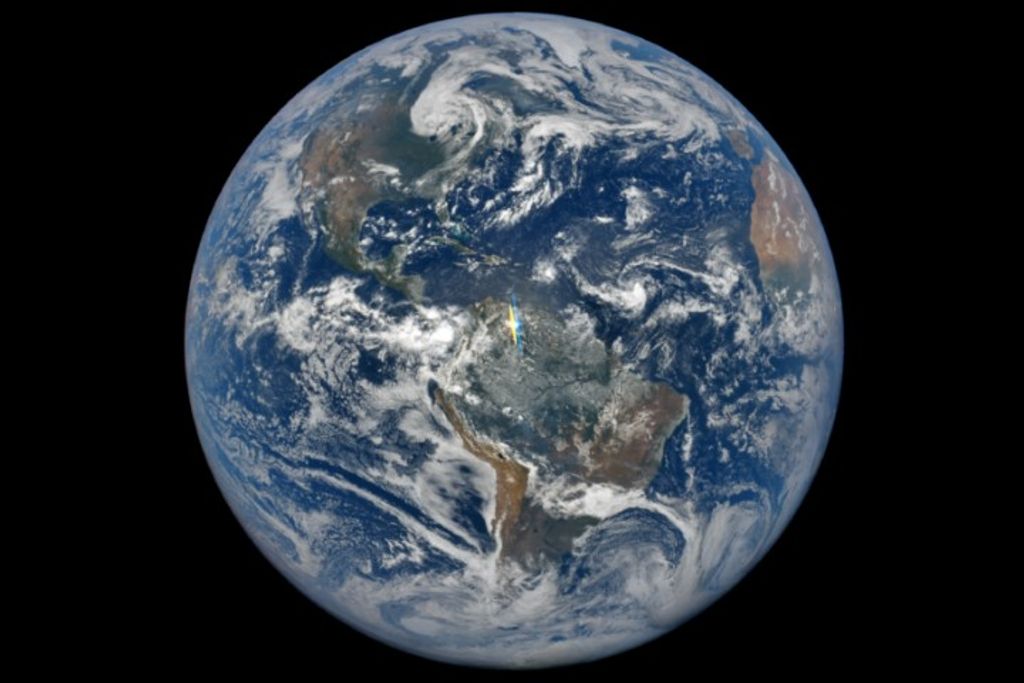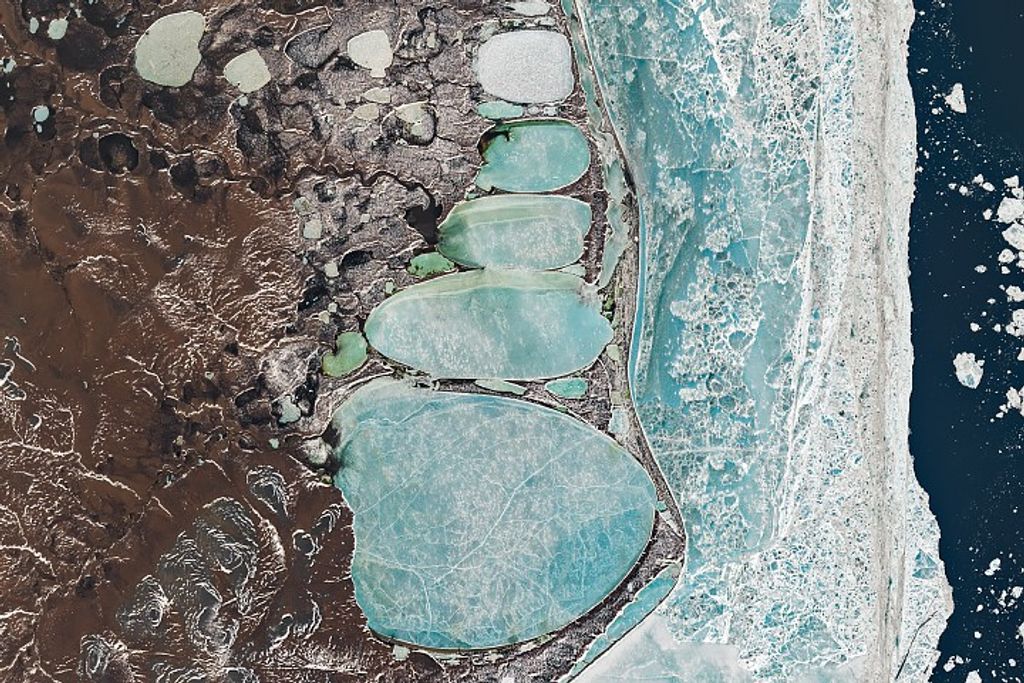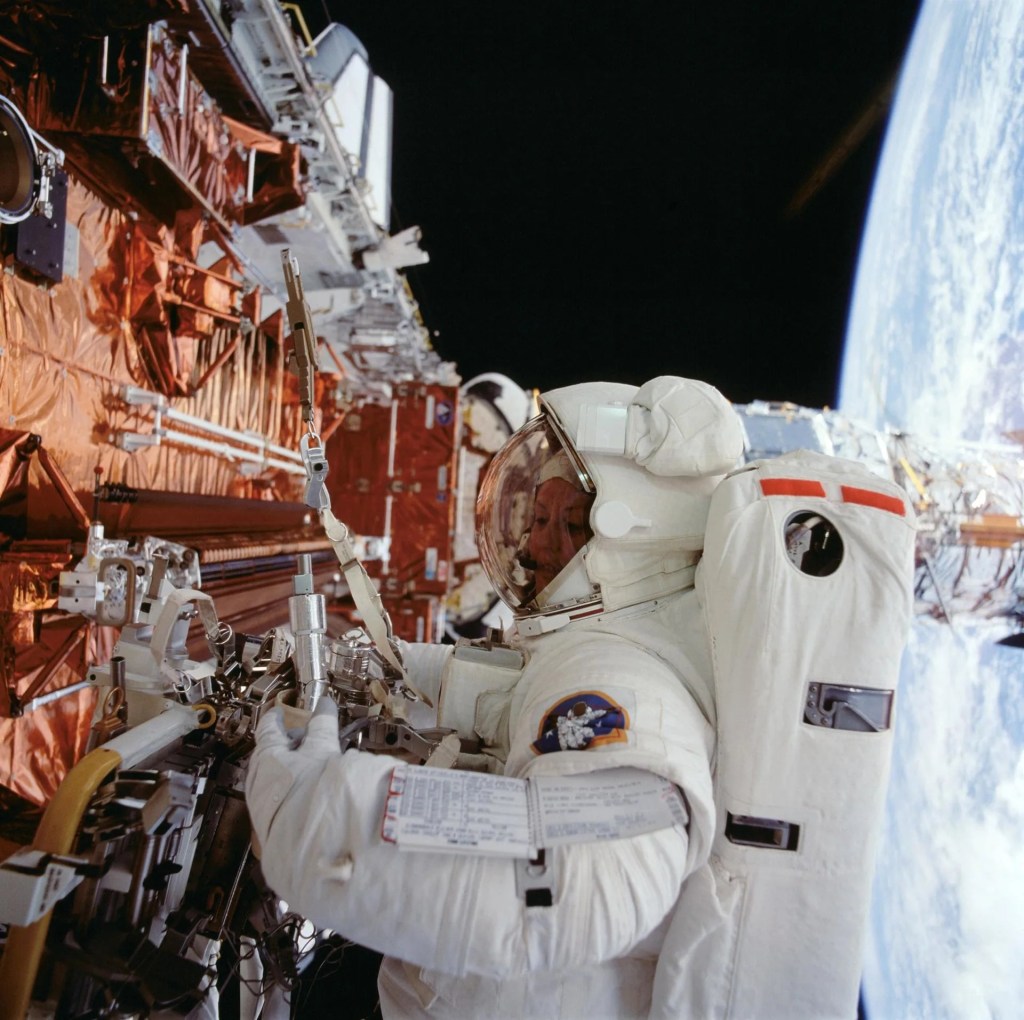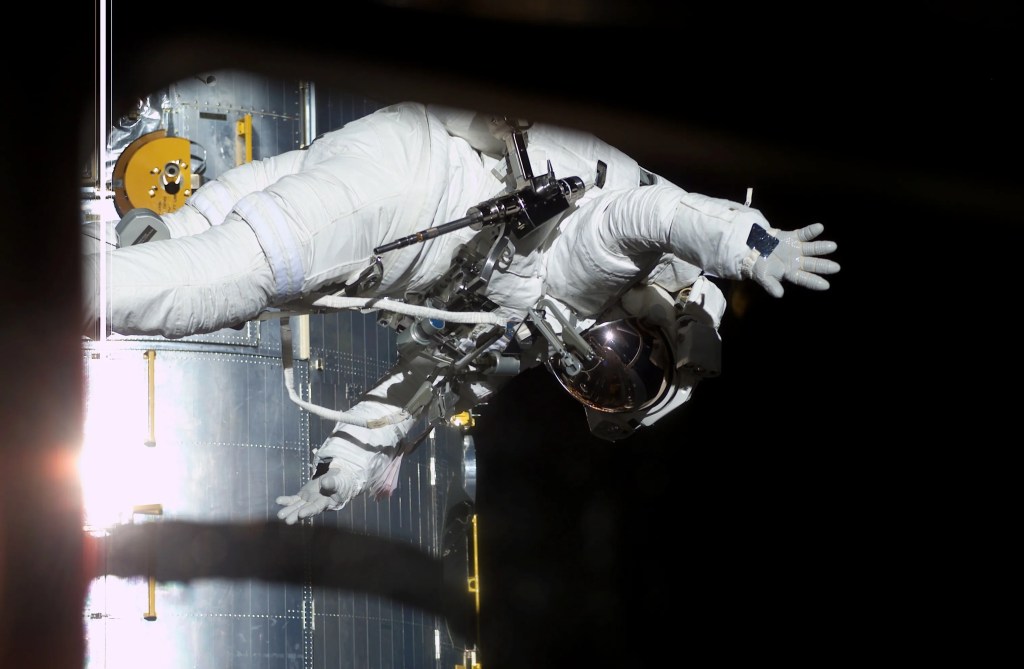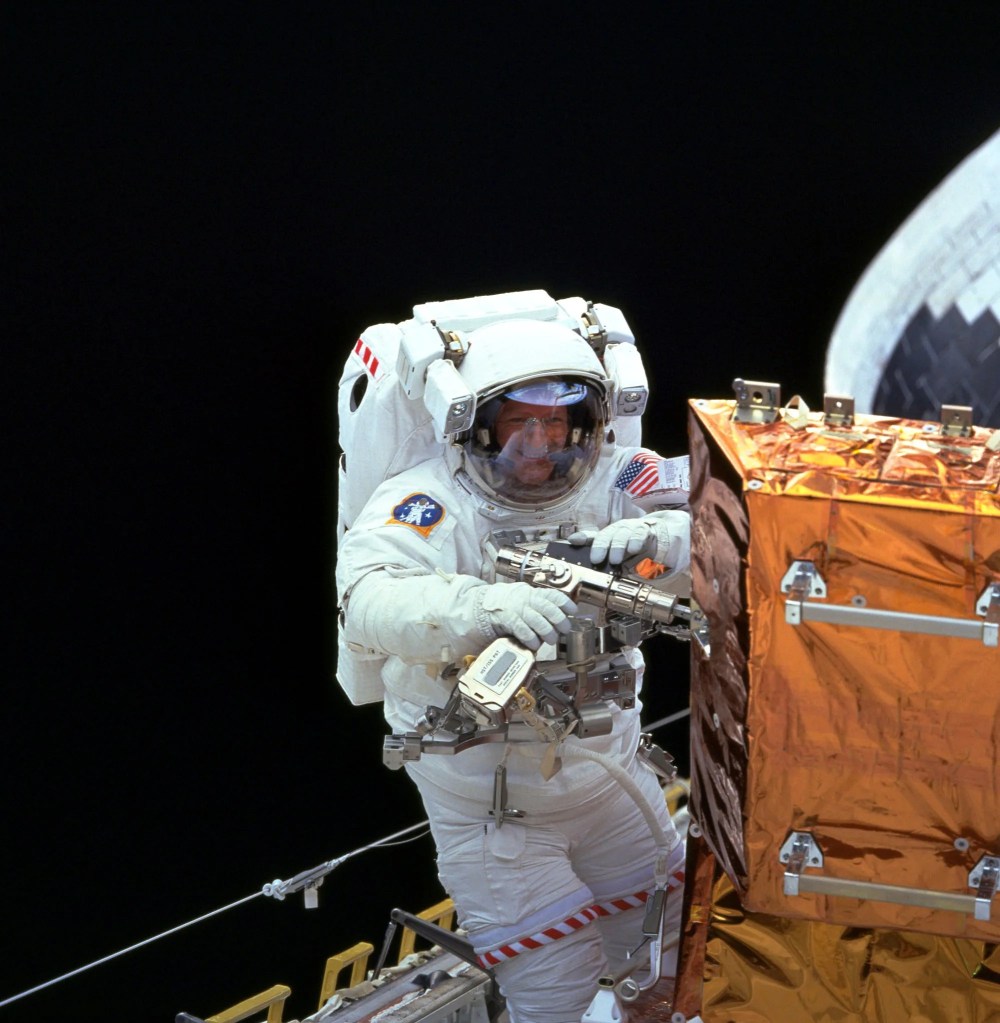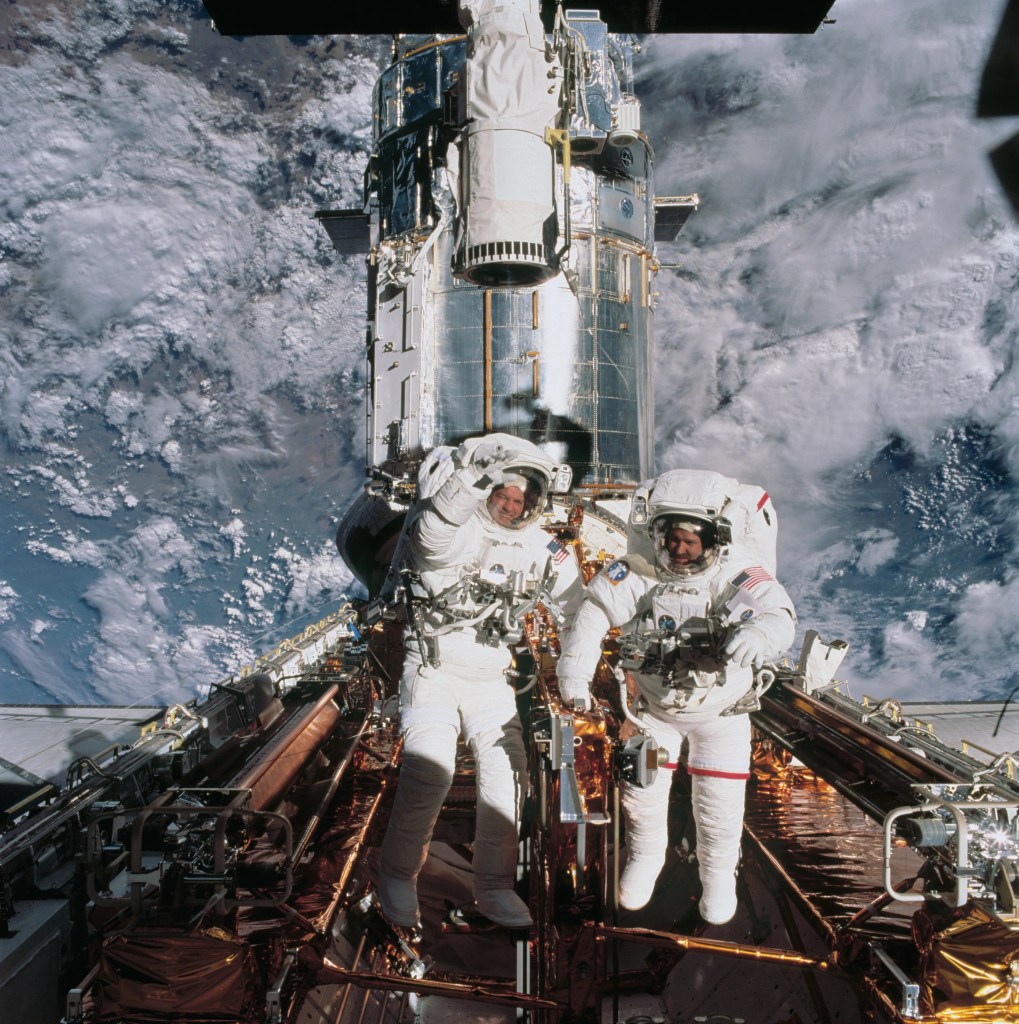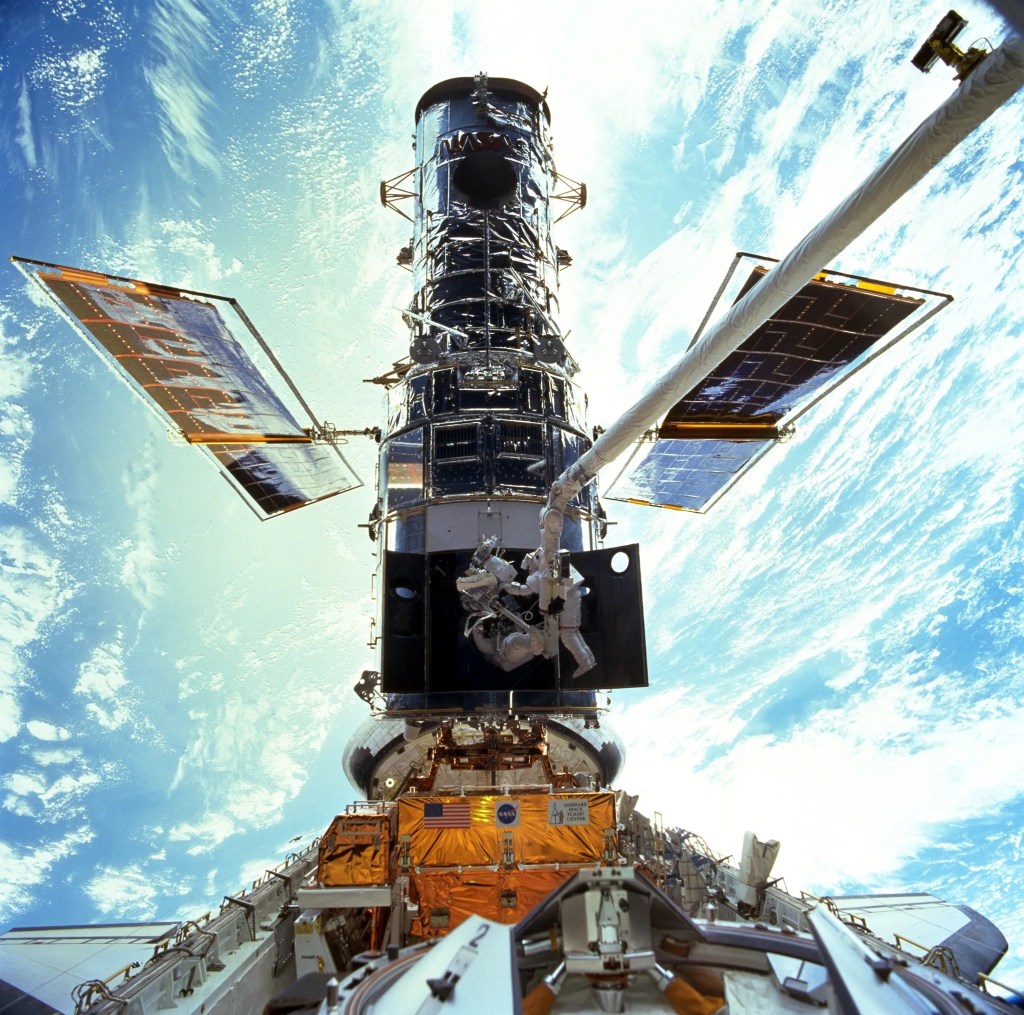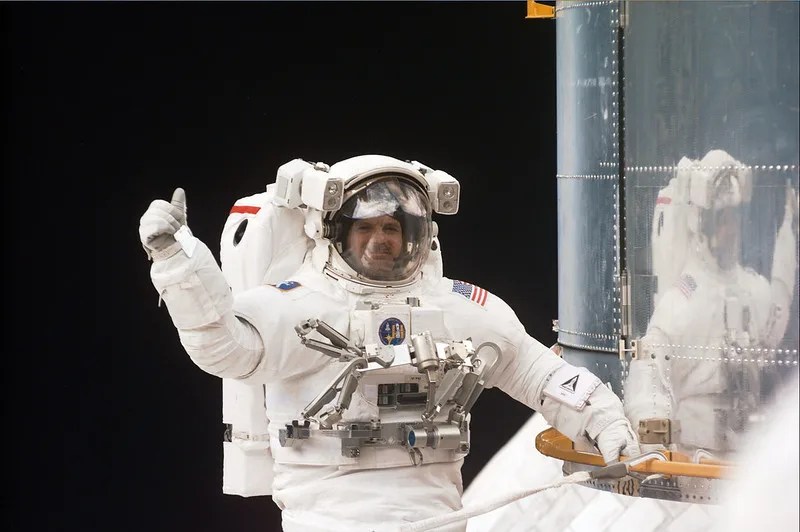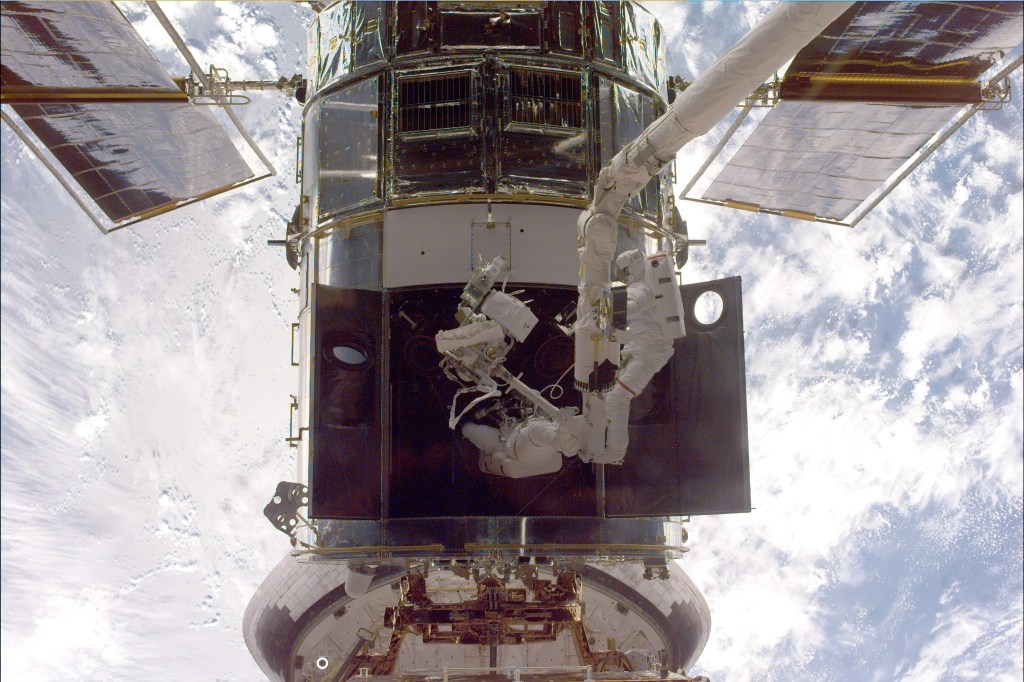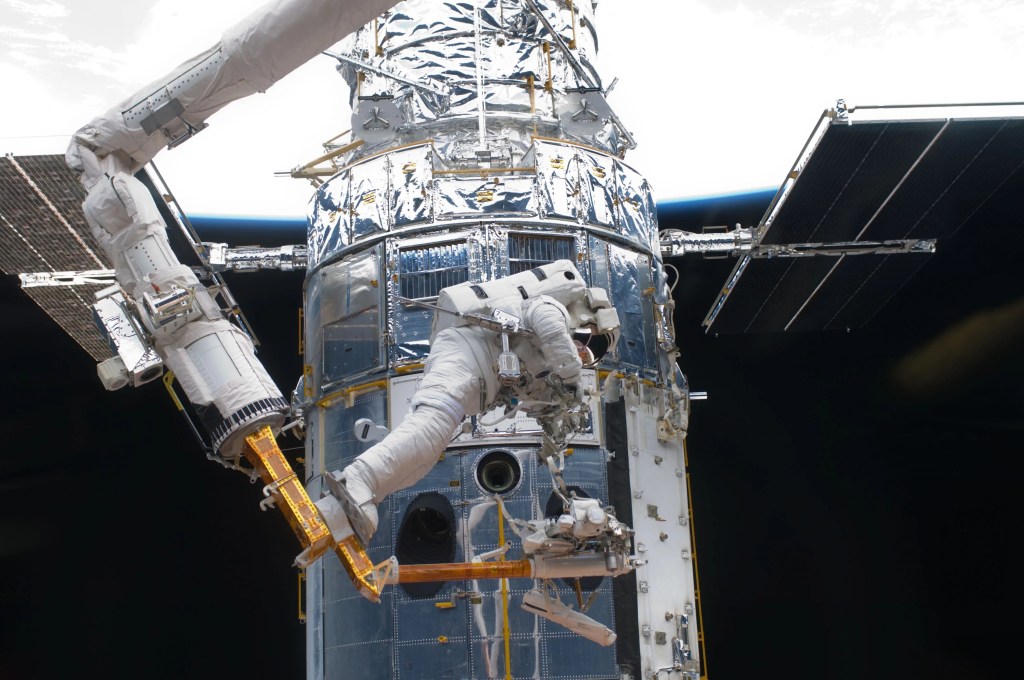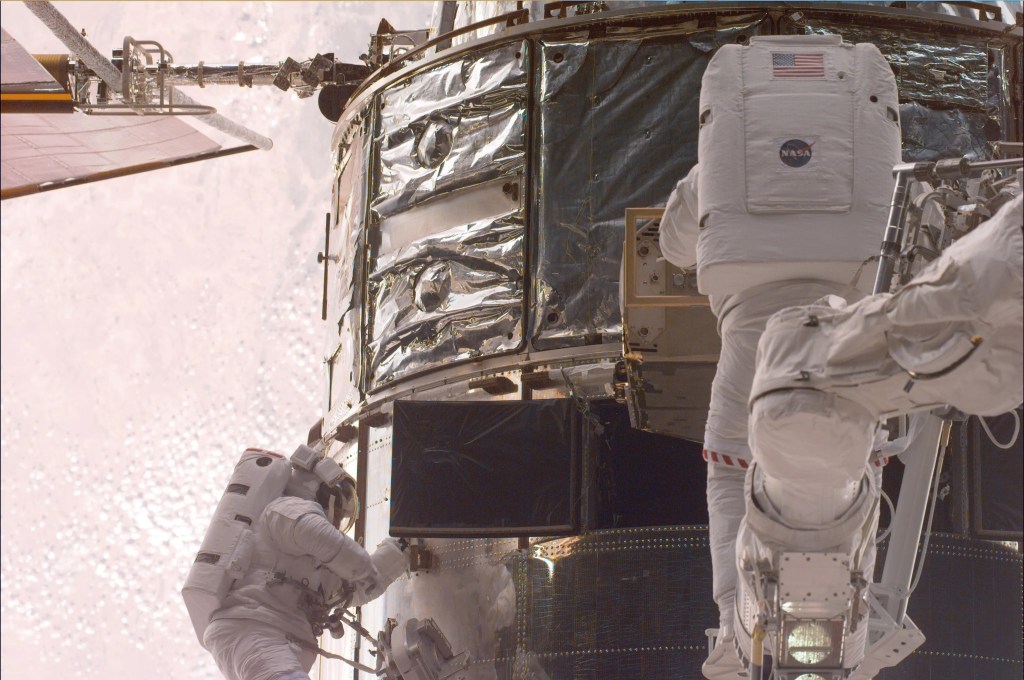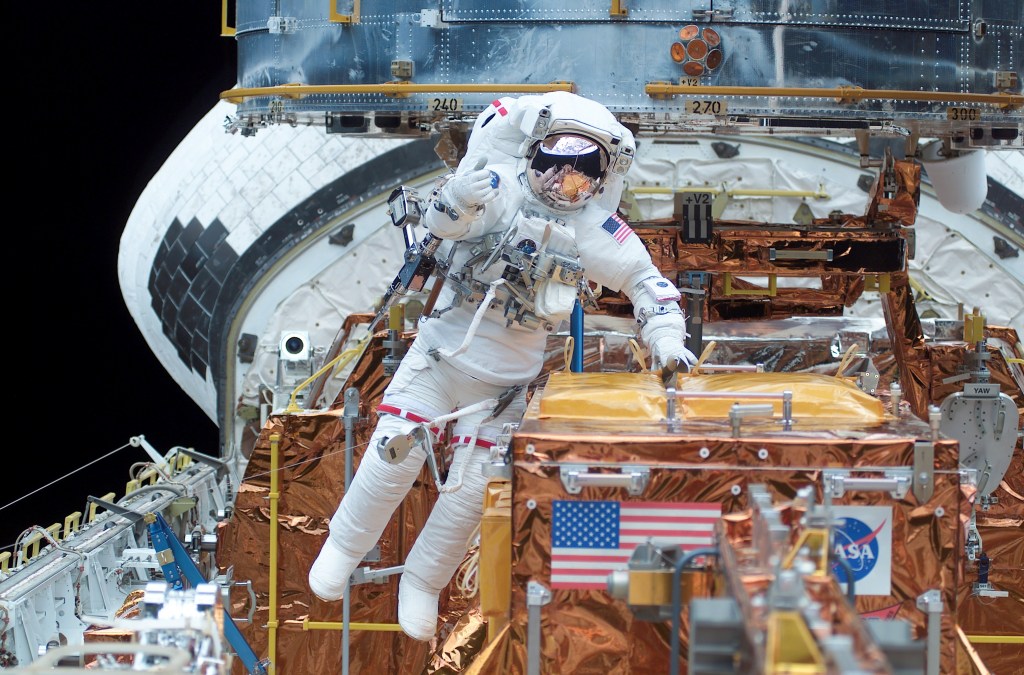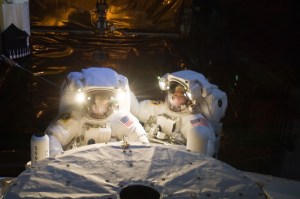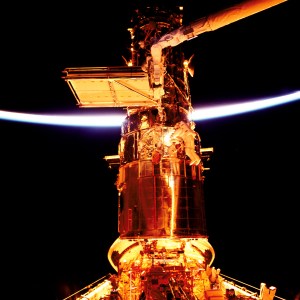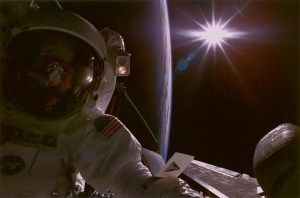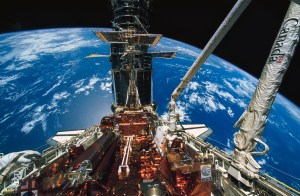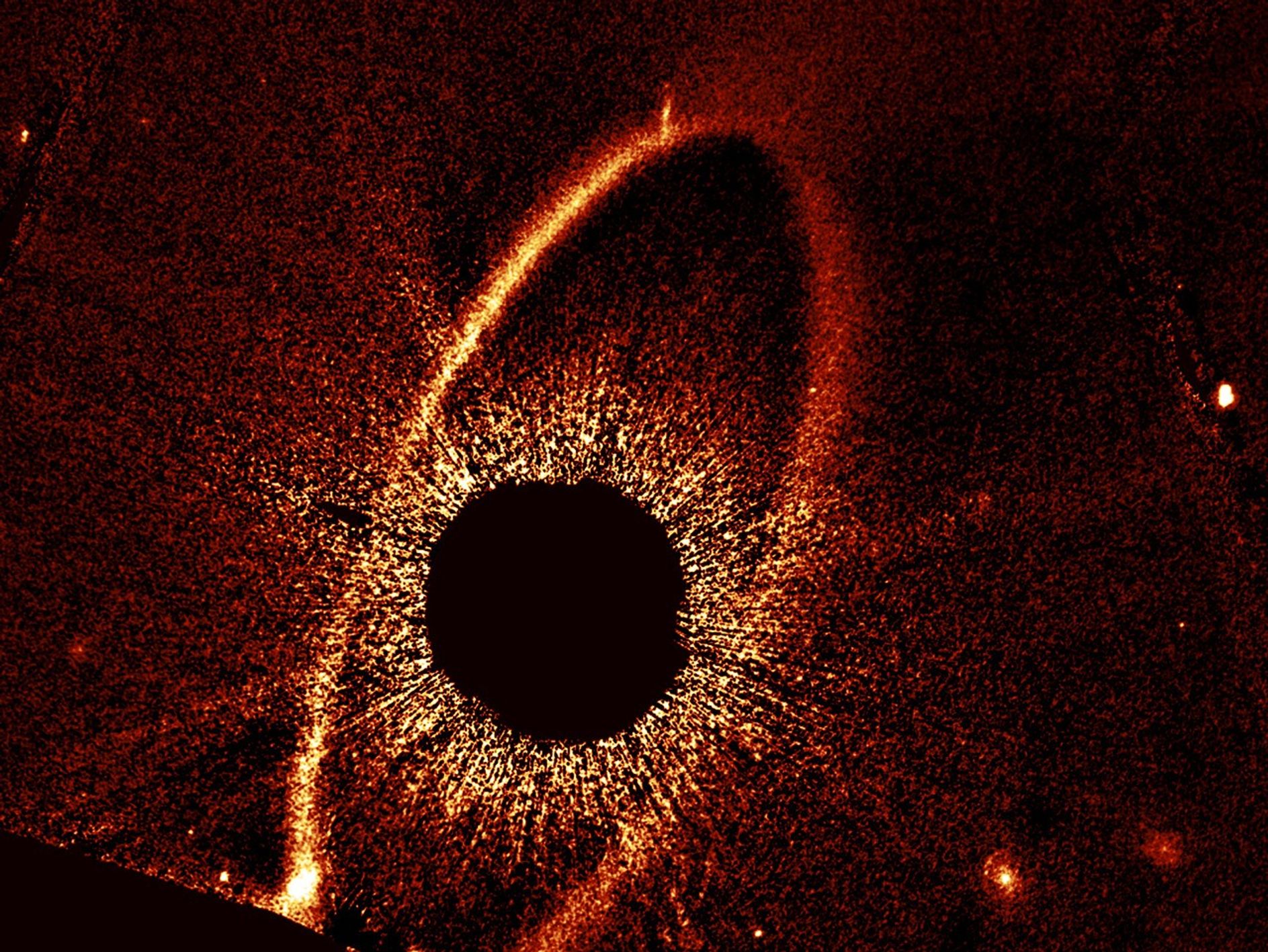Hubble Astronauts
From its deployment, and through five additional servicing missions, Hubble's astronauts have kept the telescope in top shape, able to continue conducting great science for years to come.
Quick Facts
The success and longevity of the Hubble Space Telescope would not have been possible without the service of the 32 astronauts who flew across six missions to launch and repair the telescope. The results of their dedication and expertise helped to double Hubble’s lifespan and subsequently led to countless significant discoveries, furthering our knowledge of the universe.
Hubble astronauts come from a diverse range of professions: fighter pilots, oceanographers, veterinarians and more. They have advanced countless frontiers – professionally, physically, and even culturally – and have broken records both in space and on Earth. To learn more about the backgrounds and achievements of Hubble’s astronauts, click through the options below.
Facts
- Repairs were made while orbiting Earth at 17,000 mph (27,359 kmph)
- Hubble’s components are modules that astronauts can swap for new ones
- Astronauts must train at least 10 hours in the neutral buoyancy lab (swimming pool simulator) for every hour of planned spacewalk time.
- Over 400 astronaut crew aids and tools were made for Hubble's last servicing mission.
Meet the Astronauts
Like the rest of the Hubble team, our astronauts have a wide variety of backgrounds and experiences. Read more about our them with this collection of biographies.
Learn More about Meet the Astronauts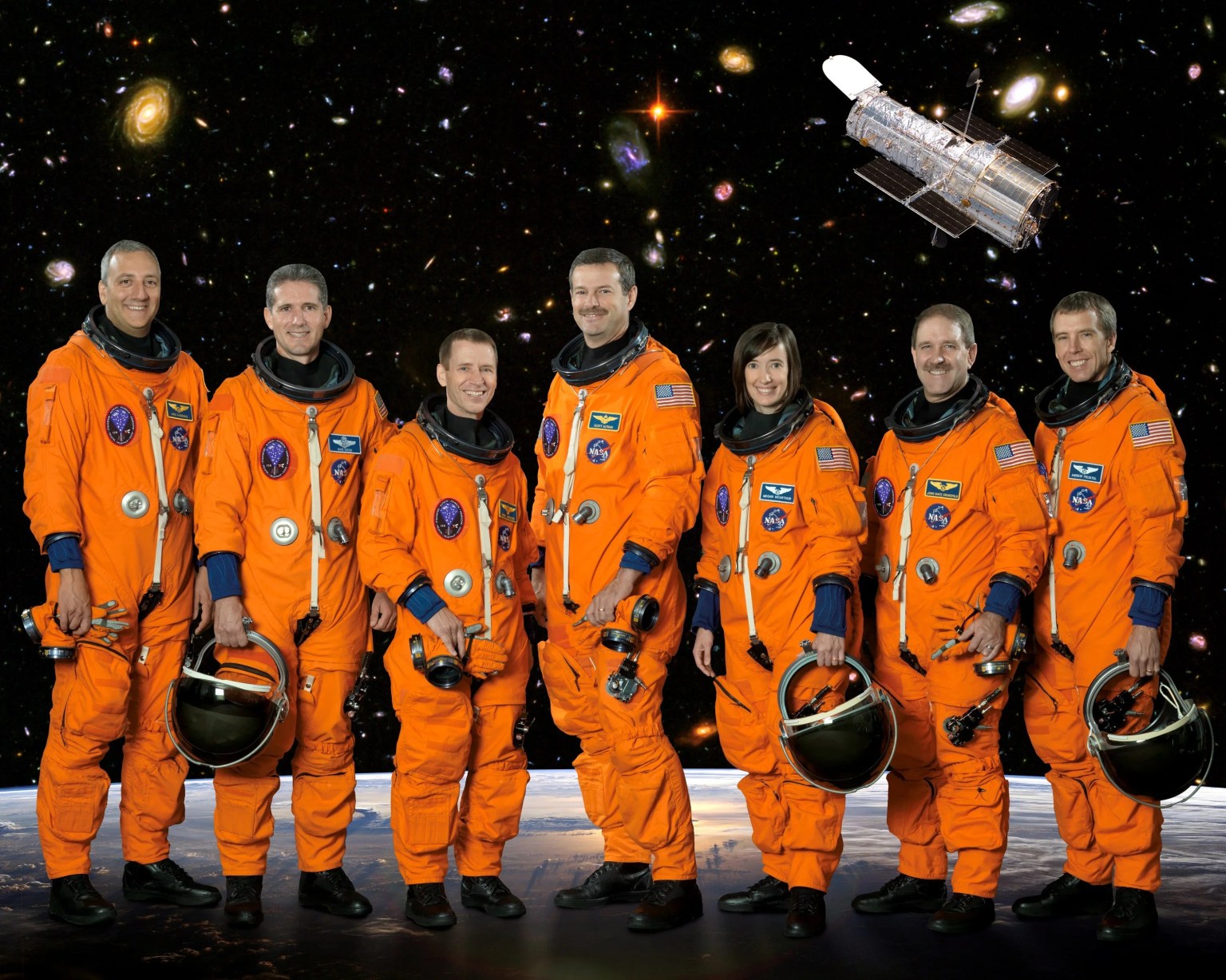
Astronaut Missions
Across nearly 20 years from 1990 to 2009, Hubble had six space shuttle missions. The first, in 1990, was its deployment, which launched Hubble into Earth orbit to begin its observations. Between 1993 and 2009, astronauts made five more trips to Hubble--known as "servicing missions"--to repair, improve, and update the telescope.
Learn More about Astronaut Missions
Hubble Astronaut Fun Facts
Go beyond the bios! Just like you, NASA astronauts have many different hobbies and interests. Guess the answers to fun and interesting facts about our Hubble astronauts!
Learn More about Hubble Astronaut Fun Facts